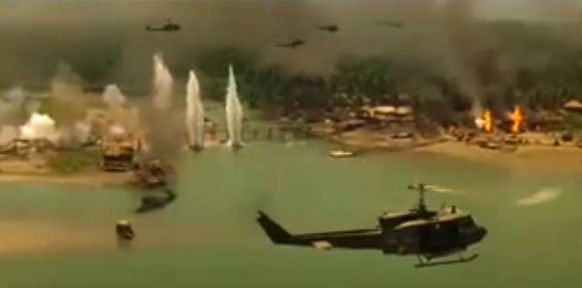More on art and its gatekeepers:
Read Schliesser’s reply to my comments here.
Read my comments here.
I will focus on Schliesser’s first point. (For those of you who are interested in my ideas about the teacher as entertainer I advise you to read my novel “Tooth and Nail” (Huid en Haar) – not yet available in English translation.)
Schliesser’s first point involves “unjust art”. We don’t need to believe that we are pawns in other people’s esthetic projects to speak about unjust art. I would say that’s it’s more plausible that we are pawns in other people’s power games than that we are pawns in other people’s art projects, but that’s a different discussion.
What exactly might the term “unjust art” mean?
The first thing that comes to my mind is art that involves the deliberate killing of animals. To many people, this would probably be unjust art.
It’s slightly ironic that quite a few of us still don’t have that many problems with killing animals for food. Since our survival is not at stake, one could argue that killing cows for steak tartare is as gratuitous as killing cows for esthetic pleasure.
In his essay “The Lives of Animals” Coetzee hints at the possibility that bull fighting might be more justified i.e. is a more dignified way of dying for the bull than industrial mass killing. The ritual of killing should be taken seriously and taking this ritual seriously is something that industrial mass killing by definition does not.
I’m not saying that Coetzee is in favor of bull fighting but he is suggesting that bull fighting might me more defendable than industrial mass killing and we should take his suggestion seriously.
So I’m not convinced that deliberately killing an animal for esthetic pleasures is by definition an example of “unjust art”.
Unless we call our steak tartare “unjust food” we should not call the cow that is slaughtered for art “unjust art”.
Perhaps glorifying violence can turn art into “unjust art”. Again, I’m not convinced. Francis Ford Coppola’s movie “Apocalypse Now” could be understood as a glorification of violence. Yes, I know officially it’s an anti-war movie; officially all art about war is anti-war. Vonnegut had something interesting to say about this in his novel “Slaugterhouse-Five”.
I know of at least one Dutch soldier who enlisted because of this movie.
“Apocalypse Now” is an important movie, but I’m pretty convinced that the movie glorifies violence. Nevertheless, I would vehemently object when somebody shouts: “This movie is a fine example of unjust art.”
Art might glorify violence without becoming unjust. I would even go further. Perhaps we need art to glorify things that we are not allowed to glorify in our daily lives anymore.
Tomorrow more about unjust art.
